Reglas fiscales para exportadores de materias primas: una aplicación para Perú
Loading...
Revista Ensayos Sobre Política Económica; Vol. 36. No. 85,edición especial. 2018. Pág.: 65-85.
Date published
2018-04-01
Date
Authors
Part of book title
ISSN
0120-4483
ISBN
Document language
spa
Metrics

downloads: 0
abstract_views: 0
Las opiniones contenidas en el presente documento son responsabilidad exclusiva de los autores y no comprometen al Banco de la República ni a su Junta Directiva.
The opinions contained in this document are the sole responsibility of the author and do not commit Banco de la República or its Board of Directors.
Abstract
We present a tailor-made semi-structural model, which captures the main macro-fiscal
variables in commodity exporting economies, to analyze the macroeconomic effects of
4 fiscal rules: (i) a limit to the observed fiscal deficit; (ii) a limit to the structural deficit;
(iii) a limit to the growth rate of government expenditures; and (iv) a rule that includes
jointly rules (i) and (iii).
We estimate the model for the Peruvian economy for the 2000-2015 period. We find
that the optimal design of a macrofiscal framework con be summarized as a trilemma
between fiscal sustainability, macroeconomic stability and transparency. The structural
rule, although it depends on the estimation of unobservable variables which could make
monitoring difficult, diminishes the volatility of GDP and public expenditures, but
increases the volatility of the public debt ratio to GDP. In contrast, the rule base on the
observed fiscal deficit is easier to monitor and generates a more stable path of public debt,
but increased the volatility of GDP and public expenditures. Finally, the joint rule of a
fiscal deficit limit and an expenditure growth limit is an intermediate case between them
in terms of macroeconomic volatility.
Description
Presentamos un modelo semiestructural, el cual captura la dinámica de las principales
variables macrofiscales en economías exportadoras de bienes básicos (commodities),
para analizar los efectos macroeconómicos de cuatro reglas fiscales: (i) un límite al
déficit observado, (ii) un límite al déficit estructural, (iii) un límite al crecimiento del
gasto público, y (iv) una regla que incluye conjuntamente las reglas (i) y (iii).
Este modelo es estimado para la economía peruana utilizando información del período
2000-2015. Se encuentra que el diseño óptimo de un marco fiscal se puede resumir en un
trilema entre sostenibilidad fiscal, estabilidad macroeconómica y transparencia. La regla
estructural, si bien depende de la estimación de variables no observables que dificultan su
monitoreo, reduce las fluctuaciones de la actividad económica y del gasto público, pero
aumenta la volatilidad del ratio de deuda pública. En contraste, la regla basada en límites
al déficit observado es más fácil de monitorear y genera una senda más estable de la deuda
pública, pero aumenta la volatilidad del PBI (Producto Bruto Interno) y del gasto público.
Finalmente, la aplicación conjunta de un límite al déficit fiscal observado y un tope al
crecimiento del gasto público es un caso intermedio entre las dos reglas en términos de
volatilidad macroeconómica.
JEL Codes
Temática
Keywords
Keywords
Citation
Seleccionar año de consulta:

Esta obra está bajo licencia internacional Creative Commons Reconocimiento-NoComercial 4.0.
Este documento ha sido depositado por parte de el(los) autor(es) bajo la siguiente constancia de depósito
 Comunidades y colecciones
Comunidades y colecciones Statistics
Statistics Analíticas Google
Analíticas Google Mapa Composición JEL
Mapa Composición JEL
